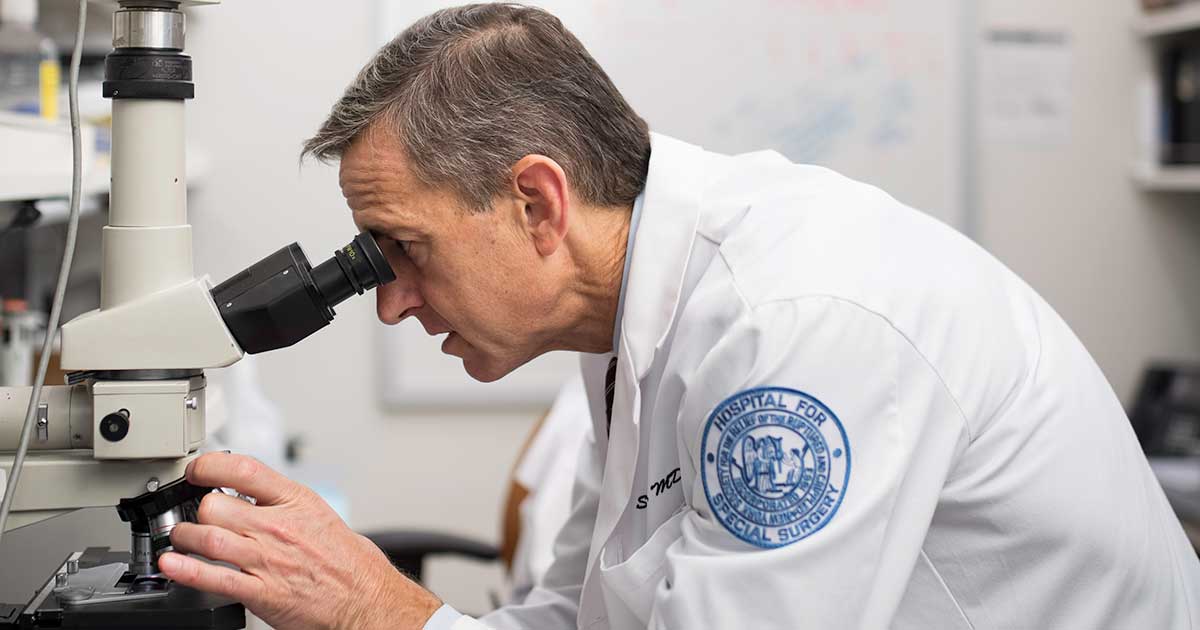Table of Contents

[/image][=video]
[/video]
There are several kinds of stem cells. As a whole, the term stem cell refers to a category of cells that trigger other cells (like skin, blood, heart, and muscle cells) by reproducing and differentiating in action to chemical signs. Totipotent stem cells appear at the earliest phase of development and are the only stem cells which can create beginning stem cells and the placenta.
Bone marrow transplant (BMT) is an unique treatment for individuals with specific cancers or other diseases. A bone marrow transplant entails taking cells that are generally found in the bone marrow (stem cells), filtering those cells, and providing back either to the contributor (person) or to one more person. The goal of BMT is to transfuse healthy and balanced bone marrow cells into a person after his or her very own undesirable bone marrow has been treated to kill the irregular cells.
The blood cells that make various other blood cells are called stem cells. The most primitive of the stem cells is called the pluripotent stem cell.
It is the stem cells that are required in bone marrow transplant. The objective of a bone marrow transplant is to cure numerous diseases and kinds of cancer. When the dosages of chemotherapy or radiation needed to cure a cancer cells are so high that an individual's bone marrow stem cells will be permanently harmed or destroyed by the treatment, a bone marrow transplant may be needed.
Medical Group
This process is commonly called rescue. Replace bone marrow with genetically healthy working bone marrow to avoid even more damage from a hereditary disease procedure (such as Hurler's syndrome and adrenoleukodystrophy). The threats and advantages must be evaluated in a detailed conversation with your health care supplier and specialists in bone marrow transplants prior to the procedure.
There are different sorts of bone marrow transplants depending upon who the donor is. The different types of BMT consist of the following: The donor is the patient himself or herself. Stem cells are drawn from the patient either by bone marrow harvest or apheresis (a procedure of collecting outer blood stem cells), icy, and after that repaid to the client after intensive therapy.
The contributor shares the very same genetic kind as the person. Stem cells are taken either by bone marrow harvest or apheresis from a genetically matched benefactor, usually a bro or sister. Various other donors for allogeneic bone marrow transplants might consist of the following: A haploid-identical suit is when the donor is a parent and the hereditary suit goes to least half the same to the recipient.

Matching involves inputting human leukocyte antigen (HLA) tissue. The antigens externally of these special leukocyte figure out the genetic make-up of an individual's body immune system. There are at least 100 HLA antigens; nonetheless, it is believed that there are a few major antigens that determine whether a contributor and recipient match.
Medical research is still exploring the function all antigens play in the process of a bone marrow transplant. The even more antigens that match, the better the engraftment of donated marrow. Engraftment of the stem cells happens when the donated cells make their way to the marrow and start making new members cells.
Perimenopause Treatment local to Rochester Hills
All individuals work together to give the ideal chance for an effective transplant. The group consists of the following: Health care carriers that specialize in oncology, hematology, immunology, and bone marrow hair transplant.
Experts that will aid you fulfill your nutritional needs before and after the transplant. They will certainly function closely with you and your household. Specialists that will certainly help you come to be strong and independent with movement and endurance after the hair transplant. Chaplains that supply spiritual care and support. Numerous various other employee will certainly review you prior to transplant and will offer follow-up care as required.

A full case history and physical examination are performed, consisting of multiple examinations to evaluate the person's blood and organ functions (for example, heart, kidney, liver, and lungs). A person will usually come right into the transplant center up to 10 days before transplant for hydration, assessment, positioning of the central venous line, and other preparations.
Blood products and medicines will be given via the catheter throughout treatment. For an allogeneic transplant, a suitable (tissue entered and matched) donor must be offered. Discovering a matching benefactor can be a tough and lengthy process, specifically if a sibling match is not readily available. Voluntary marrow donors are signed up in several nationwide and worldwide registries.
Donor sources readily available include: self, sibling, moms and dad or family member, nonrelated individual, or umbilical cord from a related or nonrelated person. There are nationwide and global pc registries for nonrelated people and cable blood. Some household participants might be keyed in as a result of the wish to help. These loved ones might or may not elect to have their kind signed up for use with other receivers.
Menopause Treatment
Tests connected to his or her health, direct exposure to viruses, and genetic analysis will be done to figure out the degree of the match. The donor will certainly be offered instructions on exactly how a bone marrow donation will be made. As soon as a suit for a client requiring a bone marrow transplant is discovered, after that stem cells will be collected either by a bone marrow harvest.
Or by a peripheral blood stem cell collection. This is where stem cells are collected from the distributing cells in the blood. Of the two, peripheral blood stem cell donations are currently more usual. Cord blood has already been collected at the time of a birth and stored for later usage.
Navigation
Latest Posts
Medical Group around Rochester Hills, Michigan
Perimenopause Treatment servicing Rochester Hills, Michigan
Menopause Therapy local to Rochester Hills